‘Things will never go back’: Iran’s protesters battling police on the streets in fight for real change
The regime is rattled by the anger that has erupted since Mahsa Amini’s death, but overthrowing the Islamic Republic will require more protesters and firepower, reports Borzou Daragahi
Your support helps us to tell the story
This election is still a dead heat, according to most polls. In a fight with such wafer-thin margins, we need reporters on the ground talking to the people Trump and Harris are courting. Your support allows us to keep sending journalists to the story.
The Independent is trusted by 27 million Americans from across the entire political spectrum every month. Unlike many other quality news outlets, we choose not to lock you out of our reporting and analysis with paywalls. But quality journalism must still be paid for.
Help us keep bring these critical stories to light. Your support makes all the difference.
It was during one of the nights of recent protests in the northern Iranian city where he has lived most of his life.
He was among the young rowdy women and men throwing rocks and bottles and lighting fires, enraged over the death of 22-year-old Mahsa Amini – a Kurdish Iranian who died while in the custody of the despised morality police – and a lifetime of repression and hypocrisy at the hands of the regime. Through the smoke and the darkness, he eyed the line of plainclothes regime enforcers and Basiji militiamen facing them.
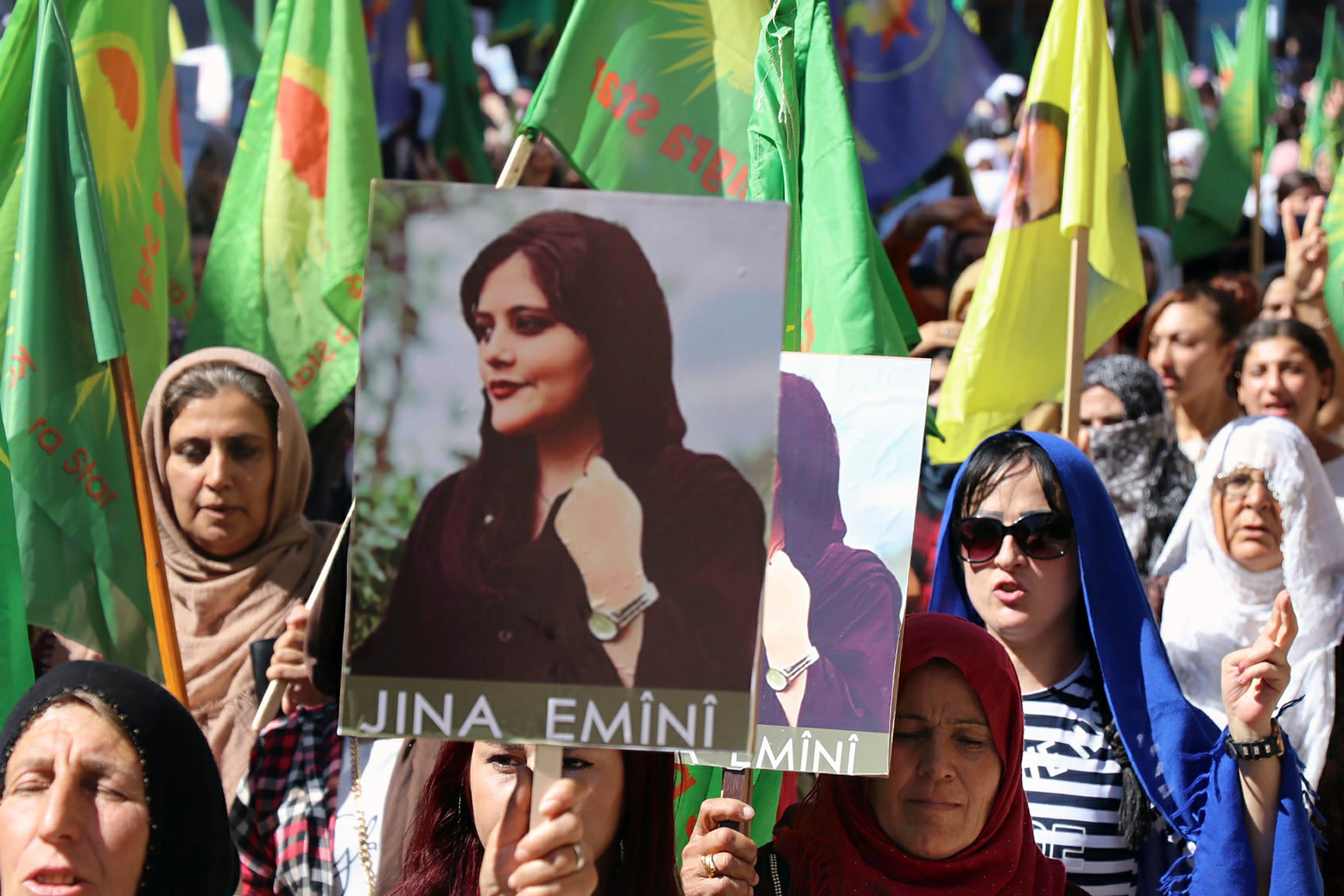
These were the same brutal thugs who had stormed house parties, lorded over communities, or harassed youth on the streets. But on this night, there was something novel about the tormentors, something he had never detected before.
On this night he saw fear. There they were, huddling close to each other. They were truly scared of the protesters.
“They were afraid like dogs,” the protester recalls in an interview conducted in hushed tones over an encrypted phone app. “They were terrified. No matter what happens after these protests, things will never go back to the way they were before.”
Iran has been rocked by more than three weeks of deadly street protests triggered by Amini’s death.
Scores have died in fiery clashes, including several more young women and men whose faces have become rallying cries for an amorphous movement.
The protests have the stated aim of bringing about the downfall of the 43-year-old Tehran regime, but they have not yet reached critical mass – and may not do so for some time, if ever.
Both Supreme Leader Ali Khamenei and president Ebrahim Raisi have addressed the protests, predictably blaming foreign powers for stirring up the unrest in order to tarnish the country’s reputation and take away its purported achievements. For now, the regime clearly believes it has the protests under control, and has yet to resort to its most dire security tools.
The Independent spoke with half a dozen people involved in the protests in Iran.

They describe a nation on edge and heading into uncharted terrain. The protests have clearly rattled the regime. Senior officials have promised to examine reforming the laws surrounding hijab, and have vowed to investigate Amini’s death, which a coroner’s report released on Friday concluded was not caused by beatings.
Meanwhile, authorities have arrested thousands of protesters, civil society activists, journalists, filmmakers, artists and politicians, including the daughter of former president Hashemi Rafsanjani.
The rupture has severed relations between a cult-like clique of greying clerics, military officers who served in the Iran-Iraq war and their hangers-on, and yet another new generation of Iranians. The violence marks the complete dismantling of the years-long peace of sorts that followed the 2009 uprising triggered by the disputed re-election of president Mahmoud Ahmadinejad.
“Are the elite terrified that the regime is going to fall tomorrow, or that this particular moment is going to lead to the Islamic Republic’s downfall? No,” says Narges Bajoghli, a scholar focused on Iran’s rulers and their ideology at the School for Advanced International Studies at Johns Hopkins University. “But they also know that they have lost the narrative war.”
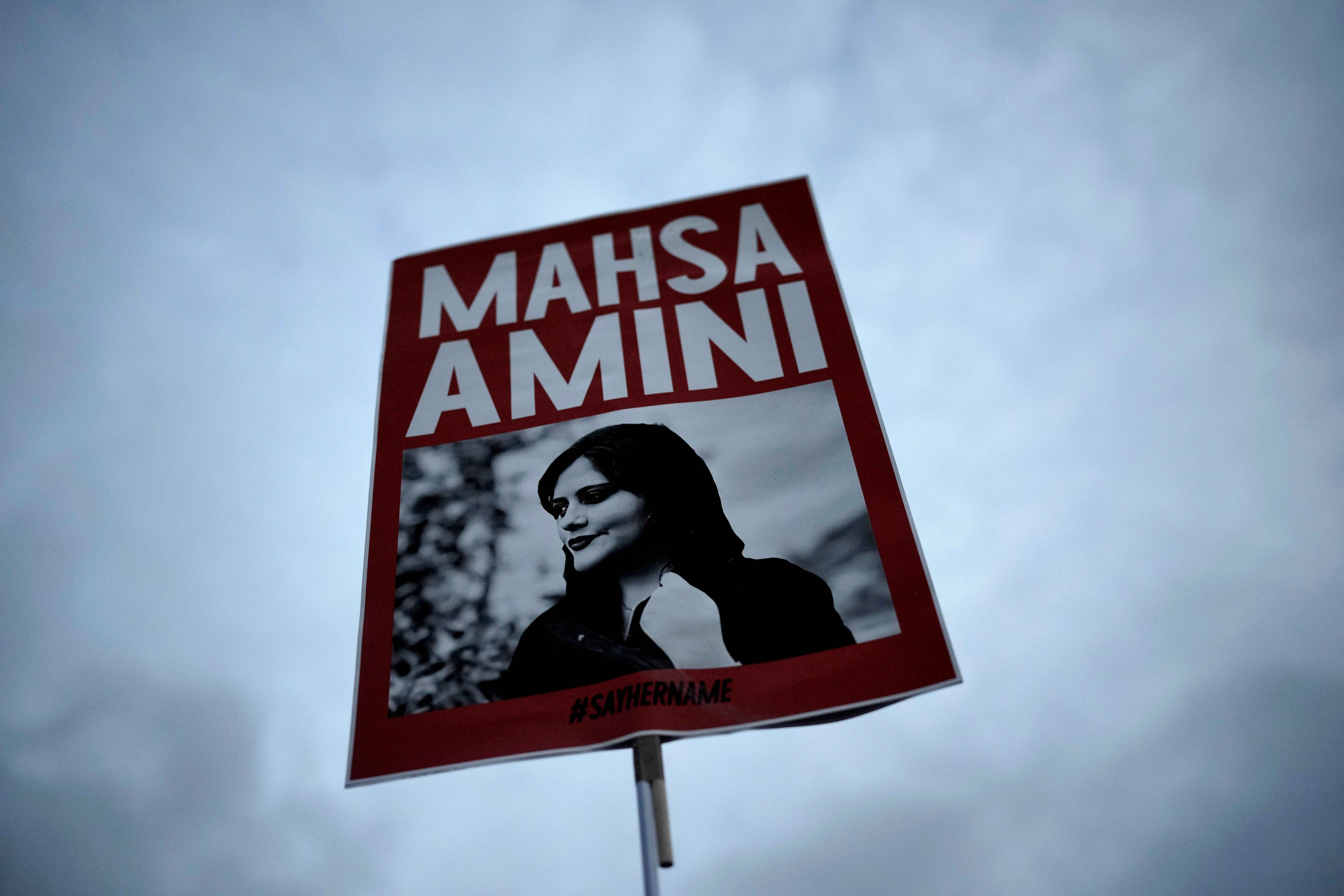
Seemingly overnight, Iran has been transformed.
Women throw off their veils day after day in a wave of civil disobedience targeting the law mandating hijab. Authorities are unable to keep control, or even fully grasp the social revolution that has taken place.
“What are they gonna do now that women are taking off their veils as crowds cheer?” says Bajoghli. “This is an issue that affects women across all ages. It affects mothers and fathers and brothers and sisters. What you have is an issue that goes beyond politics and goes beyond the formal politics of the state.”
Adding to the regime’s woes are near-daily reports of new deaths of young women.
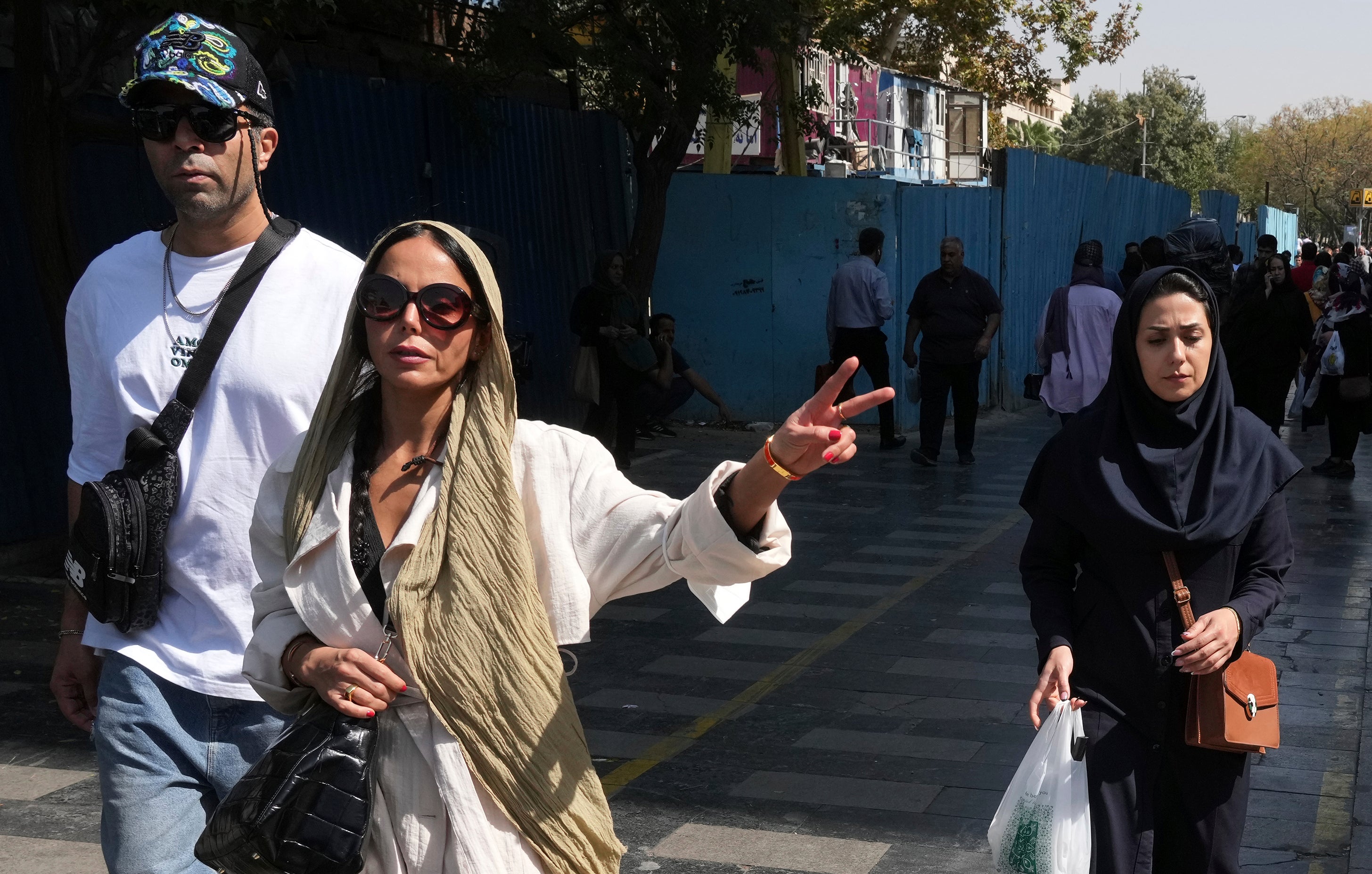
Even as the regime attempts to calm people down, its own security forces and allied Basiji militia keep adding fuel to the fire. Among those to have died are Nika Shakrami, a 16-year-old who was killed during protests in Tehran, and Sarina Esmailzadeh, also 16, and Hadis Najafi, 23, who both died in Karaj.
Each death becomes a new spark of public outrage, prompting more protests, more deaths and more protests. It is a cycle the clerical regime knows, for it is the same dynamic that led to the ousting of the Shah in the months preceding 1979 and put the mullahs in power.
The violence and the protests are often begun by secondary school students ripping off their hijabs, or throwing them into bonfires, and marching in the streets. Along with university students, highschoolers share bonds of trust formed through years together, and meet on campus regularly to map out plans. Such bonds are rarer within Iran’s highly urbanised population.
“We see each other every day,” one protester says in an interview. “We keep up with the news and we announce it on social media.”
Though the youth are driving protests out on the front lines, Iranians from various age groups are taking part. Some stand back from the fray but keep an eye out for security officials and join in during protests. Some come with their cars and motorcycles to clog up traffic.

Others shout from their rooftops at night. “Death to the dictator,” they call out, or “Women, life, freedom.”
“Everyone goes. I go, and all those around me, my friends, go,” says one women’s rights activist, who asks for her name to be withheld. “How close they get to the action depends on their situation, but we all go. I won’t go up front, but I will march with the people, or I go by motorcycle, and circle around and see where there is unrest, and then I will get off and walk. Everyone around me does the same thing.”
On Thursday, she went to a beauty salon where the receptionist told her that she made her way to Tajrish Square in northern Tehran every night after work to wait for the protests. Several customers chimed in to boast that they also took part in the protests, and said that their neighbours were taking part as well.
“When there’s an established day and time, people take part,” she says. “But when it’s scattered, it’s harder to find. Plus so many people have been arrested. And so you have to be careful.”
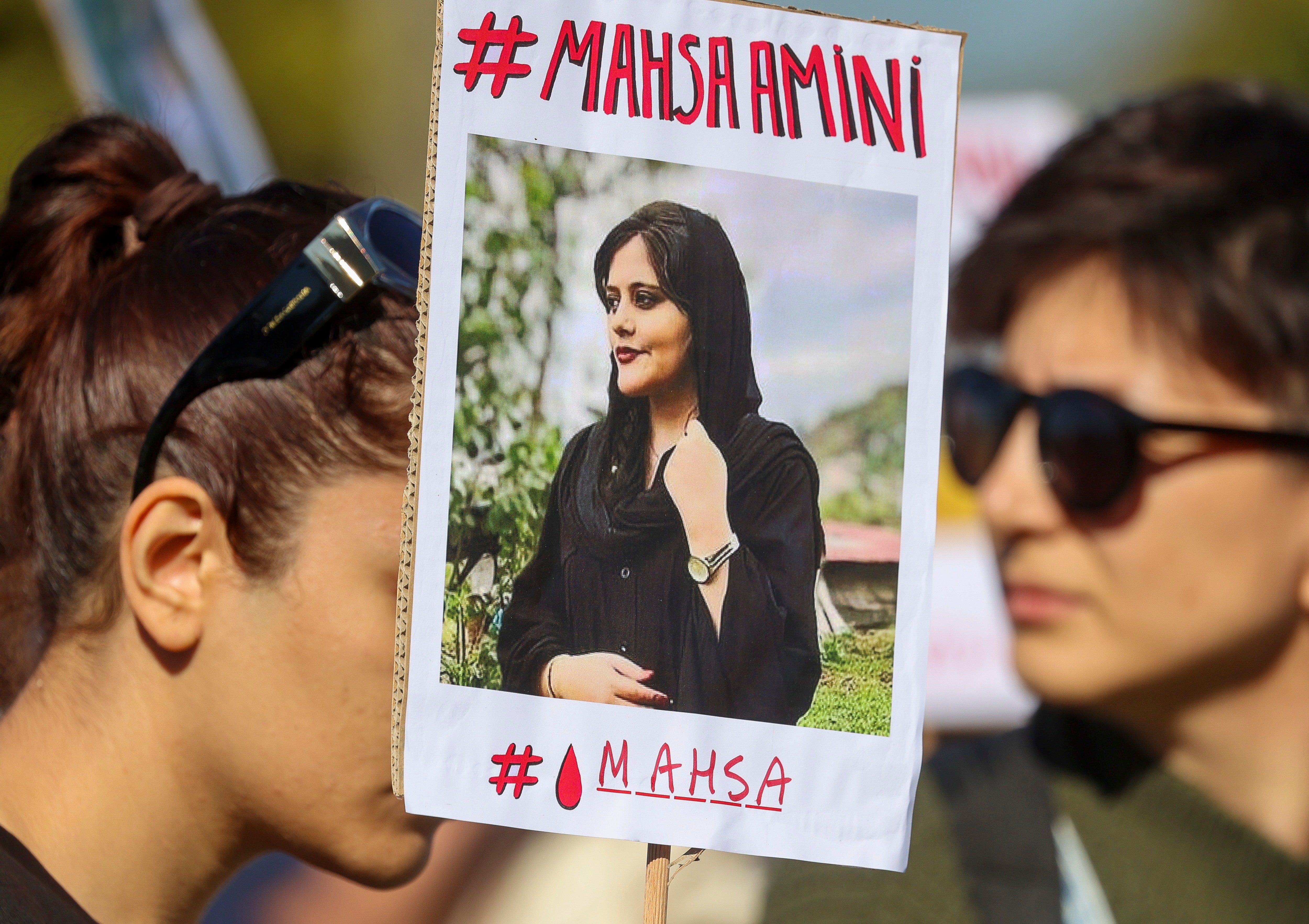
The mass arrests have upended lives. Protesters have begun living on little sleep, camping out in different friends’ apartments on different nights, constantly switching their phones and SIM cards to avoid being hunted down and tossed into jail.
Longtime observers have been impressed with the broad demographic range of those taking part in the demonstrations, even if not everyone is able to join every day.
“For the moment, a big bunch of people are already in the streets,” says one Tehran social scientist, who agrees to speak on condition of anonymity. “The parents of these teenagers are those who were born in the 1970s and 80s, so they are themselves children of revolution and have participated in many demonstrations before.”
Still, the numbers of protesters are relatively low compared to the hundreds of thousands that took part in the 2009 protests, and Iranians acknowledge that in order to topple the regime they will need to draw in different groups, including swathes of older people as well as conservative and religious Iranians.
Though there have been reports of sporadic strikes by shopkeepers in various cities, there are few signs that major sectors of the economy are heeding calls for a shutdown.
One resident of a conservative neighbourhood in southern Tehran says the demonstrations are hardly noticeable in his district, where he moved for cheaper rent. In his neighbourhood, the internet has never been cut and the morality police have never been deployed.
During one particularly harrowing day of protests, he walked into a local store where the proprietor was gleefully watching a comedy show on state television.
“He was laughing, and I almost got into an argument with him,” says the Tehran resident. “I really don’t know what’s wrong with these people. I really don’t get most of them. I’m in my mid-30s and I have no problem going out on the streets. Honestly, I don’t have anything to lose.”
Many Iranians, however, still fear that they do. The activist in northern Iran describes phone calls he’s been getting from security officials – at first they told him to stay away from the protests, but now they tell him they will deal with him once the crisis is over. He is making plans to head abroad and lie low for a few months.
“The space is very repressive and the violence is very high,” he says. “The security forces are coming and hitting and killing. They are killing with joy. They are very savage.”
Millions of Iranians work in the public sector, and many seemingly private companies are also linked to the government. Their lives are bound up with the regime, which has tentacles in every sector of the economy, from construction to education, hi-tech, and the all-important petrochemical field.
“There’s a lot of dissatisfaction among people, and the vast majority is very tired of the situation – they oppose the regime, they oppose the supreme leader, and they may even at this point oppose religion,” says one university student in the capital, who counts conservative and religious Iranians as friends.
“But for many people, going and protesting would be against their interests. They sit on the fence. The grip of the government is very strong. Everyone would like to do something. But for them to take part and for there to be a revolution, there has to be another element, a spark.”
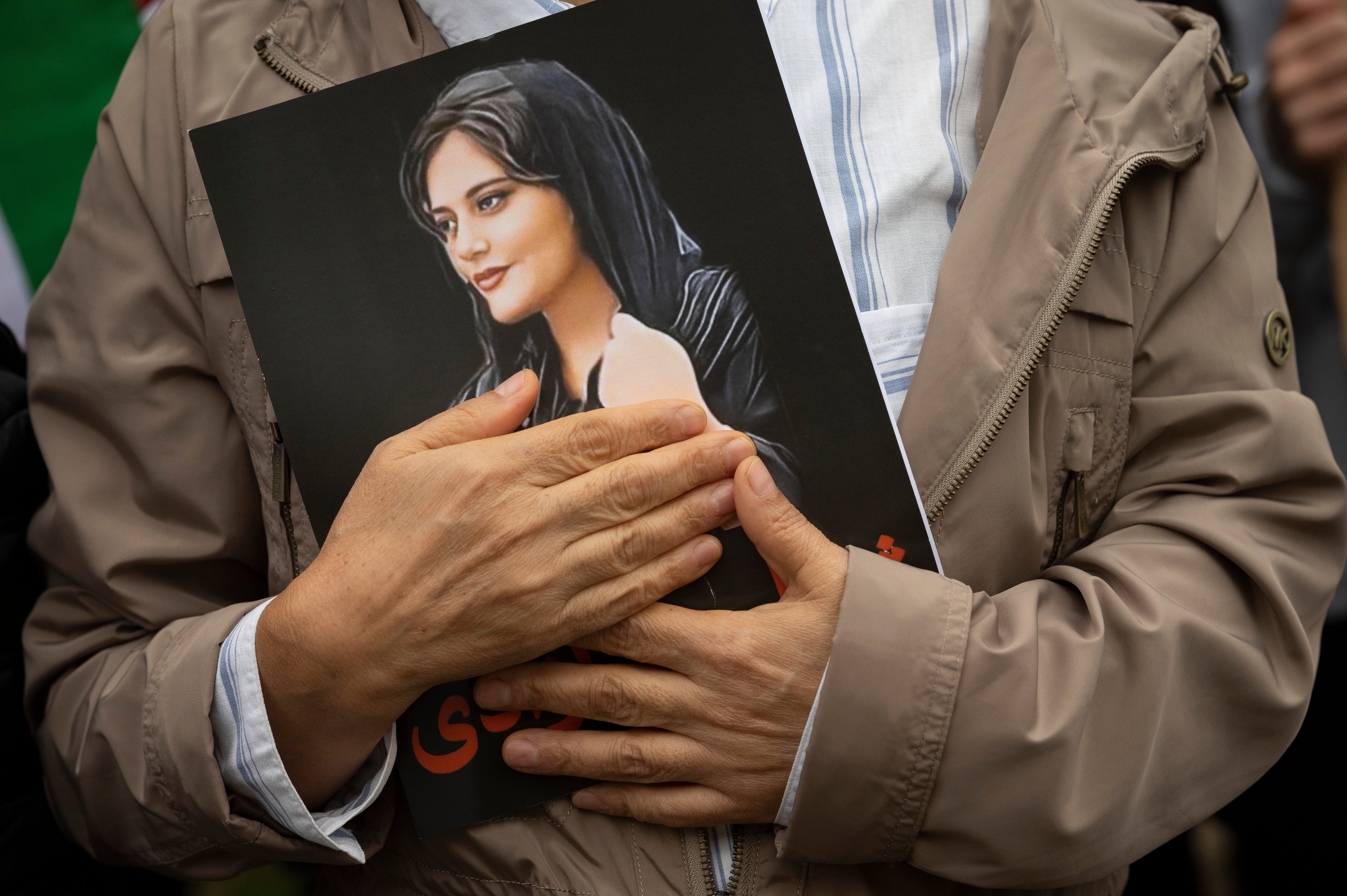
That break could happen when there is a political division, or a crisis at the top – such as the death of Ali Khamenei, who is 83 years old – or during an ensuing battle for succession. Any crack within the elite would encourage the protesters, and the regime’s elders seem to know it.
Repeatedly, regime supporters have decried a lack of any interlocutors within the protest movement, even as the leadership has spent decades purging the government of moderates and jailing or exiling effective civil society leaders. Out of fear of appearing weak, they have refused to loosen repressive controls, and even tightened restrictions.
The morality police, for example, began to ease up under the eight-year presidency of Hassan Rouhani, only to double down on the enforcement of dress codes after Raisi took office last year.
“People don’t see avenues for reform and change,” says Bajoghli. “That’s in direct response to the establishment not [being] willing to make concessions. If they are not willing to make concessions, and the demonstrations continue, and the protesters no longer fear their power, what are they going to do about it? What the authorities are facing now is fundamentally different than before.”
Among some protesters, there is a far more ominous explanation as to why they or others are hanging back. While the spirited and imaginative protests of the youth capture the imagination of those abroad, many Iranians fear that they will ultimately be ineffective against a regime that blithely kills 16-year-old girls protesting peacefully in the streets.
They say they will join in the protests when it appears that they will win. They say the video footage of Iranians chanting peacefully may inspire Toronto or London, but it is the footage of Iranians beating Basijis that inspires the streets of Sanandaj and Karaj.
Already several security officials have been killed in the violence, and opposition circles announce each death with something approaching glee. State television aired an interview with one Basiji enforcer who said he was grabbed by protesters screaming “Die! Die!” as they beat him. The clip went viral on Iranian opposition social media, drawing universal praise.
“People who are staying back are worried that you can’t do what needs to be done with protests and slogans, you need more firepower,” says one protester.
“You have to target their police stations and their television stations. For now, our people are so good and they don’t want to hurt the security forces. But you have to. You have to make them afraid. You have to make them run.”
Subscribe to Independent Premium to bookmark this article
Want to bookmark your favourite articles and stories to read or reference later? Start your Independent Premium subscription today.




Join our commenting forum
Join thought-provoking conversations, follow other Independent readers and see their replies
Comments